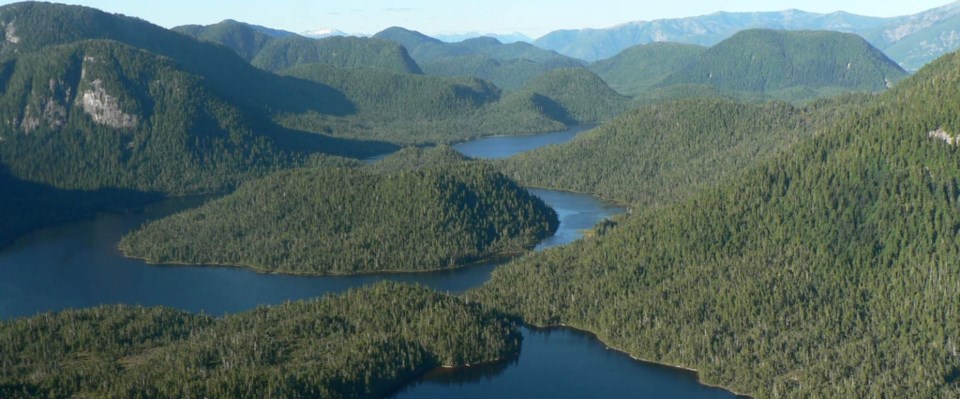As a puzzled — and disappointed — European furniture maker in British Columbia, I’m staggered that — this late in the game — the question still has to be asked: “What do British Columbians want to do with their magnificent forests?” (Times Colonist, Aug. 1).
My workshop is thankfully busy with a different project these days. But I’m astonished that British Columbians — or their political representatives — continue to allow this wonderful B.C. resource to be shipped abroad for quick cash and have failed to develop added-value uses to keep serious profits for Canadians; to make quality wood products to sell abroad that are recognizably Canadian, for Canadians to be proud of and others to envy.
Politicians should spare a moment to look at what other countries have done.
Take Sweden, for instance. Sweden has a land area exactly half that of British Columbia. Its population is on a par with Canada’s.
It has developed an acclaimed furniture industry with its own timber resources. In 2016, Sweden exported $2.17 billion Cdn worth of furniture — about three-quarters of its furniture production.
As a furniture maker with 30 years’ experience in the United Kingdom (and six fruitless ones in British Columbia — but now in a more satisfying, related field) I dare say British Columbia has timber equal to and surpassing in quality and volume comparative timber anywhere in the world — definitely including Sweden’s.
But what is being served up in Canada to those who want to make things with wood? My own experience is that it is far too often leftovers, after the best has been shipped abroad.
Take any piece of B.C. fir from a house built even 50 years or more ago. Compare it with the piece you bought yesterday. Feel its weight; look at the spacing of growth rings, and its colour. Look for immature sap-wood and blue fungus-staining.
Ask any older wood-user. He (or she) will tell you in no uncertain terms that the wood you buy in British Columbia these days too often compares very poorly with timber from the not-too-distant past. It might even be ‘SPF’ — “Spruce-Pine-Fir” — unspecified, but good enough for any use that’s less demanding. “Good enough”, however, neither sells for a decent price nor gets your customer back for more.
So where did the good stuff go? There’s plenty of good lumber still growing in B.C. — not counting the 54 big ones — but you’ll have a hard time finding it at the individual user end. There’s a housing boom — but where is the Canadian-made furniture proudly displaying magnificent Canadian timber?
Why, it all got felled and quickly loaded onto ships in the round to sell to Japan, China and other countries to make things. Felled and whipped away from Canada for quick cash ending up in private, including foreign, bank accounts.
Is this really how you deal with your country’s and province’s best resources? Isn’t it time for B.C. politicians to focus on British Columbia’s long-term economic — and cultural — well-being and halt (or at least drastically slow down, by taxes being fed back into trade or industry training, or by legislation) offshore shipments of the provinces’s best timber?
Developing a profitable wood-using culture isn’t easy — but others have done it.
We can have little to say about the current devastation of Brazilian forests. Isn’t it time to stop acting out the traditional role of colonial-era exploiters of resources and learn to do what the rest of the world is doing: Making things with much more of their native resources to sell as finished goods abroad — and proudly to Canadians?
And by the way — perhaps also do a bit to reduce global warming by sending fewer ships across oceans?
Ian Laval is a former furniture maker. He lives in Brentwood Bay.



